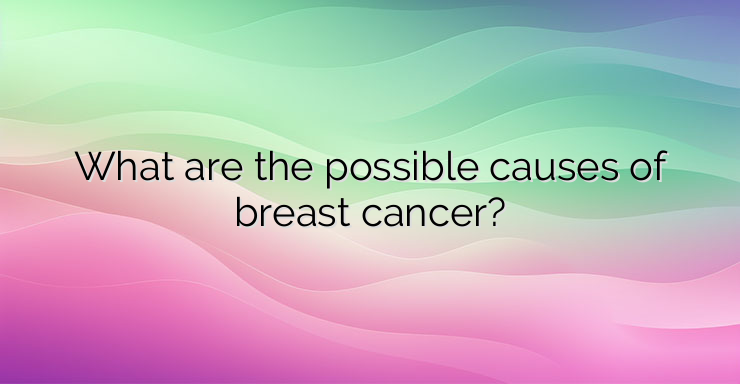Carcinogenesis is a process that can affect any organ, cell or tissue. Pathological changes lead to the development of tumor cells. The leading mechanisms that lead to disease progression are the avoidance of programmed cell death – apoptosis, changes in the capacity of cells to divide, favoring the formation of new vessels and resistance to the signals that control cell growth. Carcinogenesis is a process that is stimulated by genetic predisposition and environmental factors. Female gender is a leading factor that is associated with an increased risk of developing breast cancer due to increased hormonal stimulation. Mammary gland cells are vulnerable to the action of estrogens – female sex hormones and androgens – male sex hormones. Some natural processes that are characterized by different durations and a significant change in the hormonal balance are also associated with a potential risk of inducing carcinogenesis. These are pregnancy, breastfeeding, the time of the first menstruation and menopause. It has been established that pregnancy has a protective effect on the mammary gland and protects against tumorigenesis. This protective effect, however, manifests itself with a pregnancy duration of more than 34 gestational weeks. A history of preeclampsia during pregnancy, on the other hand, is associated with a decreased risk of developing breast cancer. With preeclampsia, there is a disturbance in the hormonal balance. Progesterone levels increase, while those of estrogen, insulin, cortisol, androgens and other hormones involved in these processes decrease, which has a protective effect and prevents carcinogenesis. Longer breastfeeding reduces the risk of developing breast cancer. Early onset of menstruation is a risk factor for the development of mammary tumors and is associated with greater growth of the tumor mass and involvement of regional lymph nodes. Age is also a determining factor – 80% of cases are diagnosed over the age of 50. However, in aggressive and treatment-resistant triple-negative breast cancer, the majority of cases occur in patients under the age of 40. Family burden is a leading risk factor for developing breast cancer. In the presence of first-line relatives who have been diagnosed with the disease, the risk increases significantly. The possibility of developing breast cancer increases significantly if first-line relatives developed the disease under the age of 50. Certain genetic mutations lead to a significantly increased risk of developing breast cancer. Such are mutations in the BRCA1 and BRCA2 genes. They are associated with an increased risk of carcinogenesis. These genetic abnormalities usually have an autosomal dominant inheritance, although some cases are due to sporadically occurring mutations. Other genes associated with the disease are TP53, CDH1, PTEN and STK11. References: https://www.ncbi.nlm.nih.gov/pmc/articles/PMC8428369/


Leave a Reply